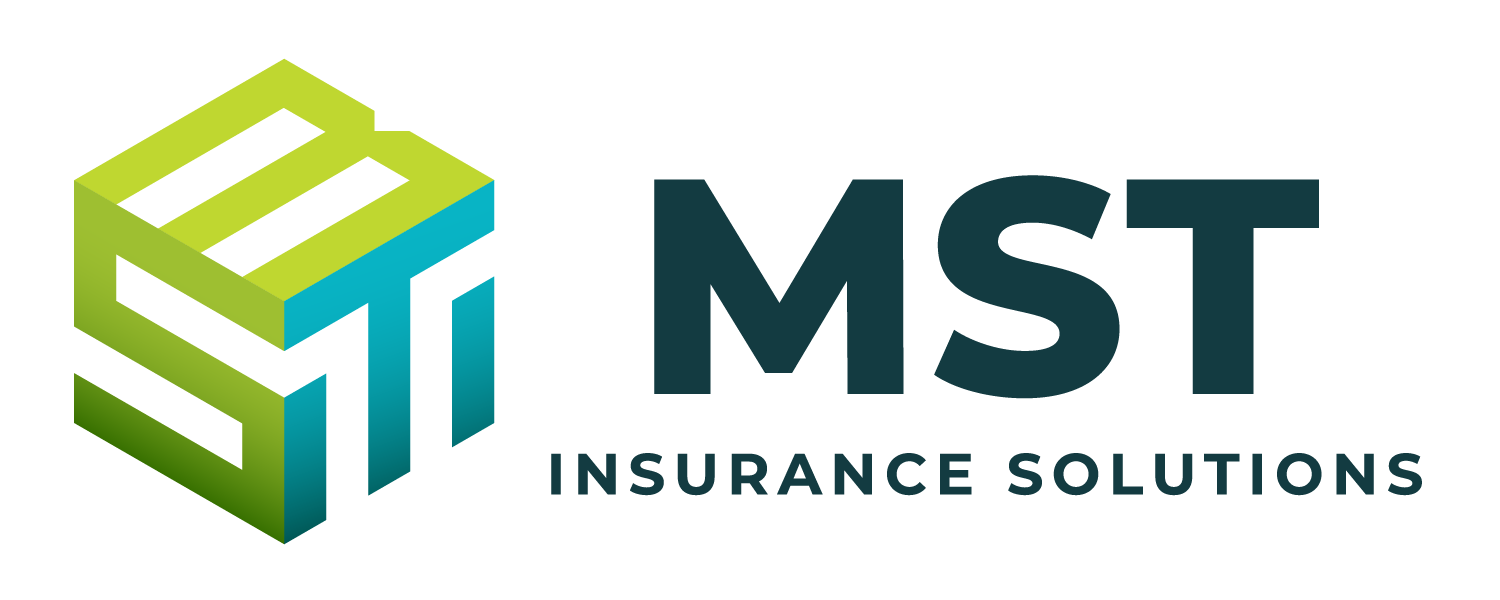In 2022, most employers’ health care costs increased. According to recent industry data, current signs are also pointing to significantly higher health care costs in the upcoming year. Employers now face the difficult task of reigning in rising health care costs and keeping employee coverage affordable while trying to remain attractive to current and prospective talent despite their shrinking budgets.
Many employers are worried about controlling rising health care costs and providing employees with affordable and quality care options. This article explores employer expectations regarding health care costs, reasons health care costs are rising and strategies employers are implementing to address increasing costs.
Employers Expect Health Care Costs to Increase
Reports from industry experts seem to agree that employers expect major increases in health care costs in 2023. Data from Willis Towers Watson’s 2022 Best Practices in Healthcare Survey found that U.S. employers’ health care costs are projected to increase 6% next year, compared with an average 5% increase experienced in 2022. Early Mercer survey results suggested that U.S. employers expect their health care costs per employee to rise 5.6% on average in 2023.
Those costs may increase even more if employers fail to take action to curb rising health care costs. If employers fail to make any changes—such as expanding telemedicine options and digital health care resources—employers believe the costs for their largest health care plans will grow by 7%. The International Foundation of Employee Benefit Plans reported that employers anticipate a 7.5% median increase in medical plan costs in 2023.
An analysis from global professional services firm Aon predicted employer health care costs will increase by 6.5% in 2023, with the average costs per employee reaching $13,800. Based on Aon’s analysis, this prediction is below the current inflation figure reported in the consumer price index, but it’s significantly higher than the increase in health care costs employers saw from 2021 to 2022. Additionally, HR and employee benefits consulting firm Buck found employer health care costs in 2023 are projected to increase between 5.8% to 6.9% in its 2022 National Healthcare Trend Survey.
Why Health Care Costs Are Increasing
There are a few reasons health care costs are increasing. While most employers had lower claim costs during the COVID-19 pandemic, medical plan costs are returning to pre-pandemic levels as health care utilization rebounds. Utilization has especially increased for employees dealing with severe chronic diseases and late-stage cancer due to missed or delayed care during the pandemic. Additionally, many employees are struggling with long COVID-19. Even those employees who have recovered from COVID are experiencing cardiovascular and neurological diseases, which is causing employer health care costs to increase.
Inflation is also causing health care costs to rise, and it will likely drive up costs moving forward; however, due to the long-term nature of provider contracts, some employers may not immediately feel the cost increases caused by inflation. In addition, the recent trend of consolidation among hospitals, physician practices and commercial insurers is triggering higher health care prices for private insurance. Other factors contributing to increased health care costs include new technology, novel prescription drugs, specialty drugs and catastrophic claims.
Employer Strategies for Managing Health Care Costs and Improving Affordability
Traditionally, employers have addressed rising health care costs by shifting increased costs onto employees through higher premiums. While some employers are continuing to implement this strategy, most employers do not want benefit choices to interfere with their recruiting efforts due to the state of the labor market. Therefore, employers are using multiple strategies to manage their health care costs while attempting to improve affordability for employees.
These strategies include the following:
Switching to low-deductible health plans
Structuring payroll contributions to reduce health care costs for employees
Employing programs to combat fraud, waste and abuse
Increasing health care plan budgets
Contracting directly with high-quality, cost-competitive hospitals and physician networks
Requiring employees to use cost-effective medical centers or obtain preapproval for scheduled inpatient services
Offering employees health care navigation and concierge support services
Evaluating prescription drug costs, particularly for specialty drugs
Providing telemedicine or virtual care services
Implementing new benefit programs, such as wellness programs, or using vendors
Expanding voluntary benefit offerings, such as supplemental health insurance for catastrophic events
Supporting and effectively managing employees with chronic conditions, long-term illnesses and complex diseases
Seeking help from insurance brokers to detail organizational health care spending and educate employees on shopping for health care services
Rising health care costs are causing employers to reevaluate health care plan designs and offerings. By gathering data and using it to predict where and when increased costs may occur, employers can determine the best strategies to address growing health care costs.
Summary
Employers of all sizes are looking to offer quality health care benefits in 2023 while focusing on employee affordability and accessibility. This will be difficult as prices increase and employer budgets shrink as a result of the current economic environment. Employers can act now to proactively prepare for anticipated health care price increases and find long-term solutions to mitigate rising costs.
For more information on health care resources, contact MST Insurance Solutions, Inc. today.
For a copy of this notice click here: Employers Expect Major Increases to Health Care Costs in 2023

